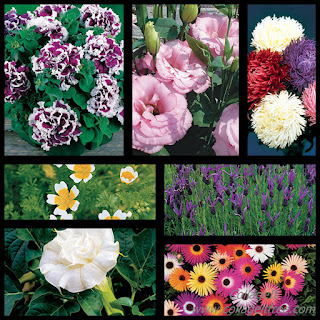 |
| Salad burnet -Image from UBC Botanical Garden |
Plant this herb beside your back door so you can enjoy its cucumber-like taste year-round; the herb is hardy in USDA zone 3. Use the ferny leaves on a sandwich in place of lettuce, mix them with other salad greens, steep them in white-wine vinegar, or bruise them and add them to a wine spritzer.
John Gerard, an herbalist in the sixteenth-century, suggested salad burnet as, “pleasant to be eaten in salads, in which it is thought to make the heart merry and glad, as also being put into wine, to which it yeeldeth a certain grace in the drinking”.
Salad burnet is indigenous to Europe, Africa, and Western Asia; it has made itself at home throughout most of North America. Salad burnet can be invasive, so be certain to employ a method to control its wandering habit.
If you enjoy this website, you might like my magazine, Gardening Life.
Thank you for stopping by to spend time in my garden. If you liked the article, please take a moment to let me know. I will be delighted if you would suggest Gardens Inspired to your friends, follow me or subscribe to my Blog.
Leave a legacy, but garden like you’ll live forever!
-Debra
Did you like this post? Please recommend it to other readers by selecting the g+1 box, below.
Thank you for stopping by to spend time in my garden. If you liked the article, please take a moment to let me know. I will be delighted if you would suggest Gardens Inspired to your friends, follow me or subscribe to my Blog.
Leave a legacy, but garden like you’ll live forever!
-Debra
Did you like this post? Please recommend it to other readers by selecting the g+1 box, below.

































